Mastering the art of **keeping score with adapted dart rules** is crucial for inclusive and enjoyable gameplay, especially when players have varying skill levels or specific needs. This article provides a comprehensive guide to modifying dart rules for different scenarios, ensuring everyone can participate and have fun, and explores alternative **scoring methods** and **game variations** to keep things interesting.
⚠️ Still Using Pen & Paper (or a Chalkboard)?! ⚠️
Step into the future! The Dart Counter App handles all the scoring, suggests checkouts, and tracks your stats automatically. It's easier than you think!
Try the Smart Dart Counter App FREE!Ready for an upgrade? Click above!
The Importance of Keeping Score with Adapted Dart Rules
Darts is a fantastic game that can be enjoyed by people of all ages and abilities. However, standard dart rules can sometimes be challenging or unfair for beginners, children, or individuals with disabilities. That’s where **adapted dart rules** come in. By modifying the rules and **keeping score with adapted dart rules**, you can create a more level playing field, making the game more accessible and enjoyable for everyone involved. This often involves implementing a **handicap system** or adjusting the target scores.
Furthermore, **adapted dart rules** aren’t just for those who need them. They can also add a new layer of excitement and challenge for experienced players, breathing new life into a classic game. Consider exploring fun dart game variations with modified rules to discover exciting ways to spice up your dart games!
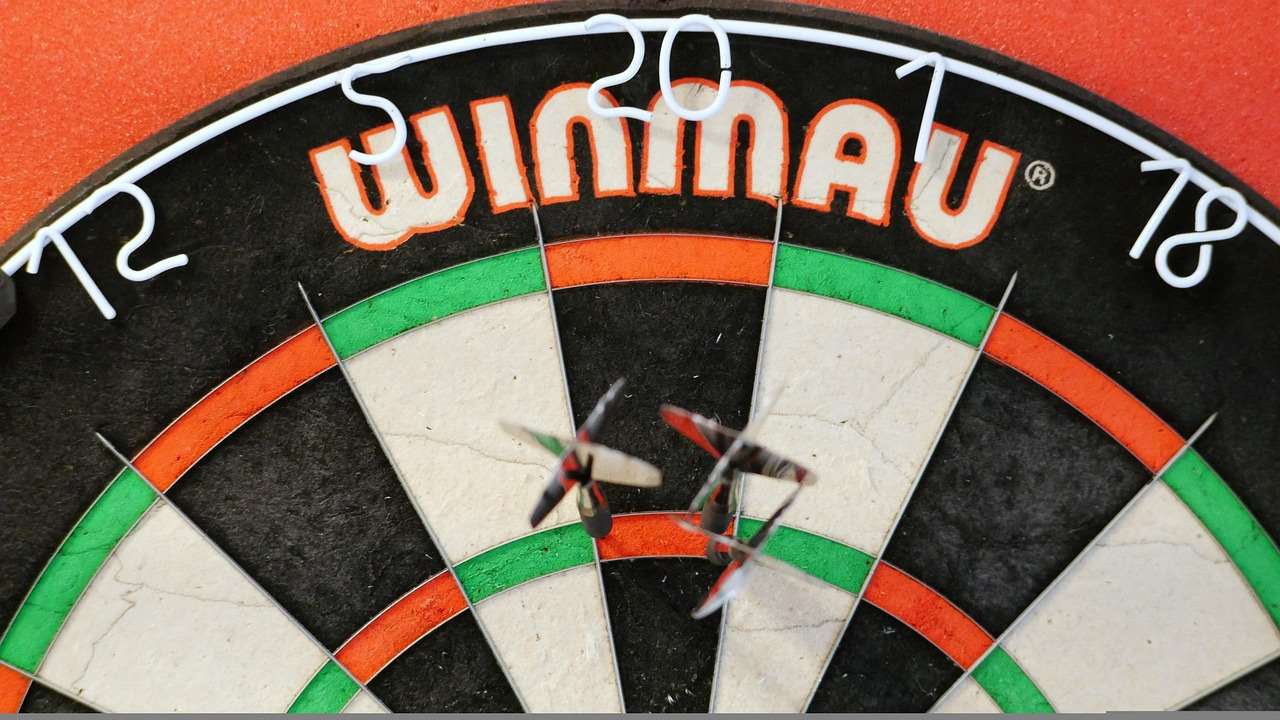
Simplified Scoring Methods for Beginners
One of the most common adaptations is to simplify the scoring system. Traditional darts uses a complex system of doubles, trebles, and specific target numbers, which can be overwhelming for newcomers. Here are some simplified methods to **keep score with adapted dart rules**:
- Reducing Target Numbers: Instead of playing to 501 or 301, start with a lower target score, such as 101 or even 51. This makes the game shorter and less daunting for beginners.
- Ignoring Doubles and Trebles: For very young children or those just starting out, you can ignore the doubles and trebles altogether. Every hit within a segment counts as that number.
- Simplified Checkout Rules: The traditional ‘double out’ rule can be tricky. Allow players to finish on any number, regardless of whether it’s a double or not. Alternatively, you might find simplified 501 game rules for novice players helpful.
- Targeted Practice: Focus on hitting specific numbers. Give players points for hitting the 20, the bullseye, or any number you choose. The first to reach a pre-determined score wins.
By simplifying the scoring, you allow beginners to focus on the **basic darts fundamentals for beginners**, like aiming and throwing, without getting bogged down in complicated arithmetic.
Example of Simplified Scoring in Action
Imagine a game with young children. Instead of aiming for a checkout, you can set a target score of 20. Each dart that lands in a number segment adds to their score. The first child to reach exactly 20 wins a point. This encourages accuracy and basic math skills without the pressure of traditional dart rules. You can find additional assistance in adapting darts rules for beginners.
Adapting Dart Rules for Accessibility
Darts should be inclusive for everyone, regardless of their physical abilities. Here are some ways to **adapt dart rules** for players with disabilities and still maintain an enjoyable game while **keeping score with adapted dart rules**:
- Seated Darts: Allow players to throw from a seated position, whether in a chair or wheelchair. Ensure the dartboard is mounted at an appropriate height.
- Distance Adjustments: Reduce the throwing distance for players who have difficulty reaching the standard oche (throwing line).
- Assistive Devices: Consider allowing the use of assistive devices, such as dart holders or stabilizers, to help players with limited mobility or dexterity.
- Verbal Assistance: Allow a sighted person to provide verbal assistance to players with visual impairments, guiding their aim and providing feedback on their throws.
Remember that the goal is to create a welcoming and supportive environment where everyone can participate to the best of their ability. Don’t be afraid to experiment with different adaptations to find what works best for each individual player.
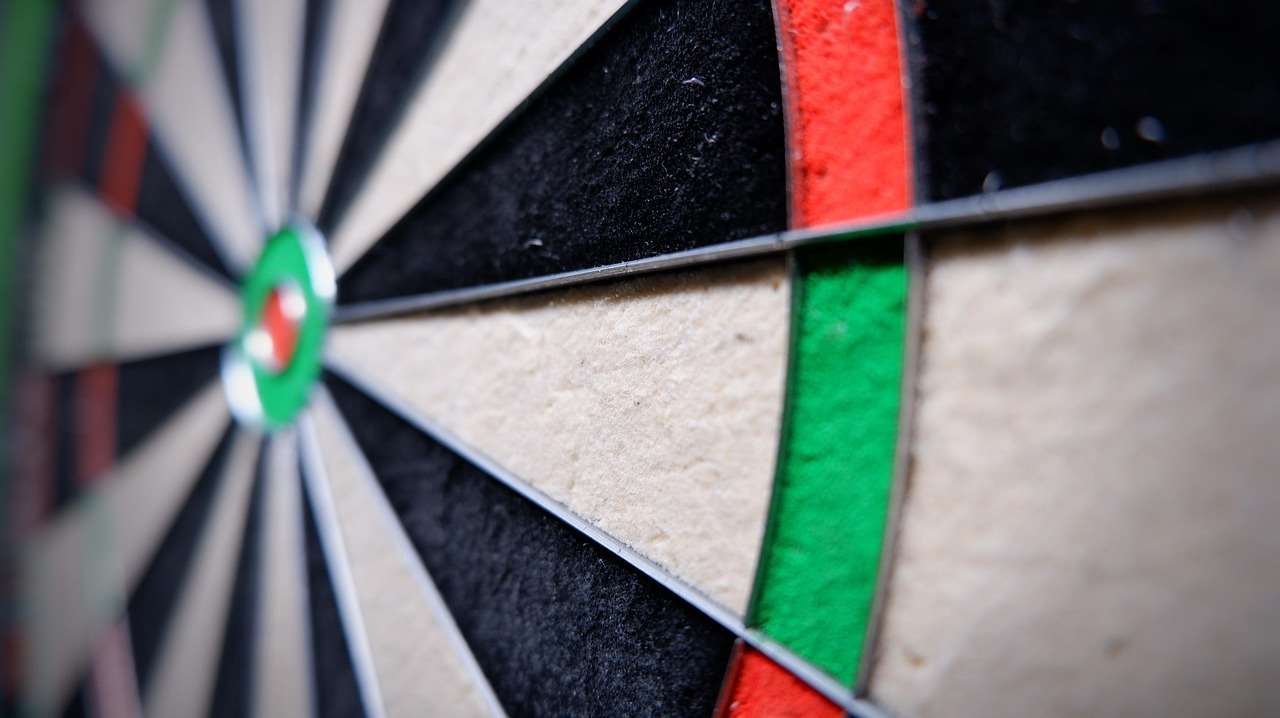
Handicap Systems for Mixed-Level Players
When playing with a group of mixed-level players, a **handicap system** can level the playing field and create a more competitive environment. Here are some common handicap methods that are beneficial for **keeping score with adapted dart rules**:
- Starting Score Handicap: Give weaker players a head start by reducing their starting score. For example, if stronger players start at 501, weaker players might start at 401 or 301.
- Points per Dart Handicap: Award weaker players bonus points for each dart thrown. This could be a fixed number of points or a percentage of their score.
- Target Number Handicap: Restrict stronger players to scoring only on specific numbers or areas of the dartboard, such as the single segments or the outer bullseye.
- Distance Handicap: Have the more skilled players throw from a further distance than the less skilled player.
Implementing a Handicap System Effectively
To implement a handicap system effectively, you’ll need to assess the relative skill levels of the players and adjust the handicaps accordingly. Start with small adjustments and observe how they affect the game’s competitiveness. Be prepared to fine-tune the handicaps as needed to achieve a fair and balanced playing field. When looking at handicap situations, consider how to make darts fairer with handicap rules.
Creative Dart Game Variations with Adapted Rules
Beyond standard 501 or 301, there are countless creative dart game variations that can be adapted to suit different skill levels and preferences. These alternative games add variety and excitement to your dart sessions while **keeping score with adapted dart rules**.
- Around the Clock: Players must hit each number on the dartboard in sequence, from 1 to 20. The first player to complete the circuit wins. Adaptations include allowing players to hit the double or treble of each number instead of just the single.
- Cricket: A strategic game where players aim to close out specific numbers (20, 19, 18, 17, 16, 15, and the bullseye) by hitting them three times. Adaptations include reducing the number of required hits or changing the target numbers.
- Killer: Each player chooses a number on the dartboard. They must then hit that number three times to become a “killer.” Once a player is a killer, they can target other players’ numbers to eliminate them from the game. Adaptations include allowing multiple lives or simplifying the elimination rules.
These variations not only add fun, but also offer opportunities to practice specific skills, such as hitting specific numbers or strategically targeting opponents.
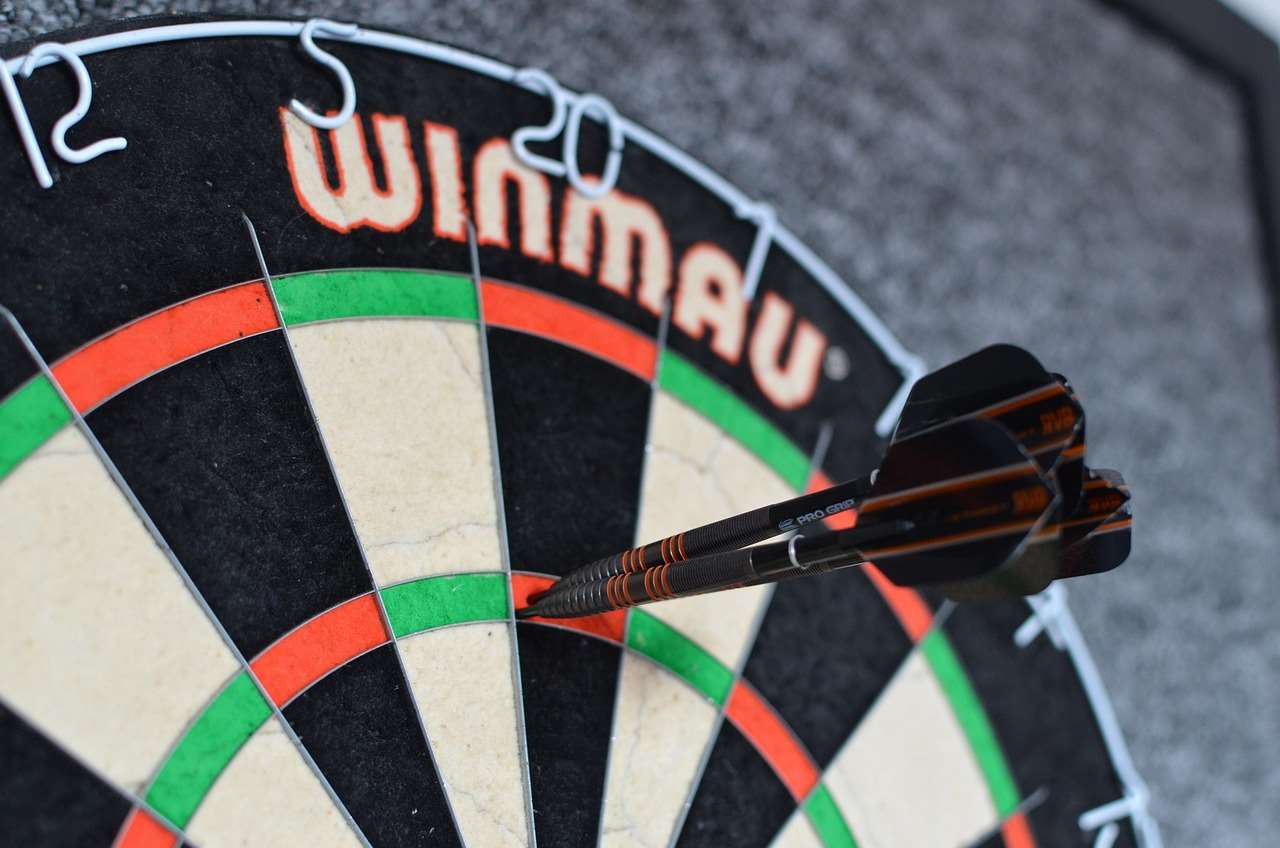
Special Considerations for Children’s Dart Games
When **adapting dart game rules for children**, safety is paramount. Always supervise children while they are playing darts and ensure they understand the rules and safety precautions. Here are some specific considerations for children’s dart games, keeping in mind how to **keep score with adapted dart rules**:
- Soft-Tip Darts: Use soft-tip darts and a compatible electronic dartboard to minimize the risk of injury.
- Reduced Throwing Distance: Shorten the throwing distance to make it easier for children to reach the dartboard.
- Simplified Scoring: As mentioned earlier, simplify the scoring system to make it more accessible and less overwhelming for children.
- Team Play: Encourage team play to foster cooperation and teamwork. You can even explore adapting dart game rules for children for more specific tips.
Making Darts Fun and Engaging for Kids
Turn darts into a fun and engaging activity for children by incorporating games, challenges, and rewards. Celebrate their successes, encourage their efforts, and create a positive and supportive environment.
Alternative Dartboards and Safety Measures
Traditional steel-tip dartboards and darts can pose safety risks, especially for beginners and children. Consider using alternative dartboards and safety measures to minimize the risk of injury while **keeping score with adapted dart rules**:
- Magnetic Dartboards: Magnetic dartboards use magnetic darts, which are much safer than steel-tip darts.
- Velcro Dartboards: Velcro dartboards use darts with Velcro tips that stick to the board.
- Surround Protection: Use a dartboard surround to protect the surrounding walls from stray darts.
Regardless of the type of dartboard you use, always emphasize safety and responsible dart throwing.
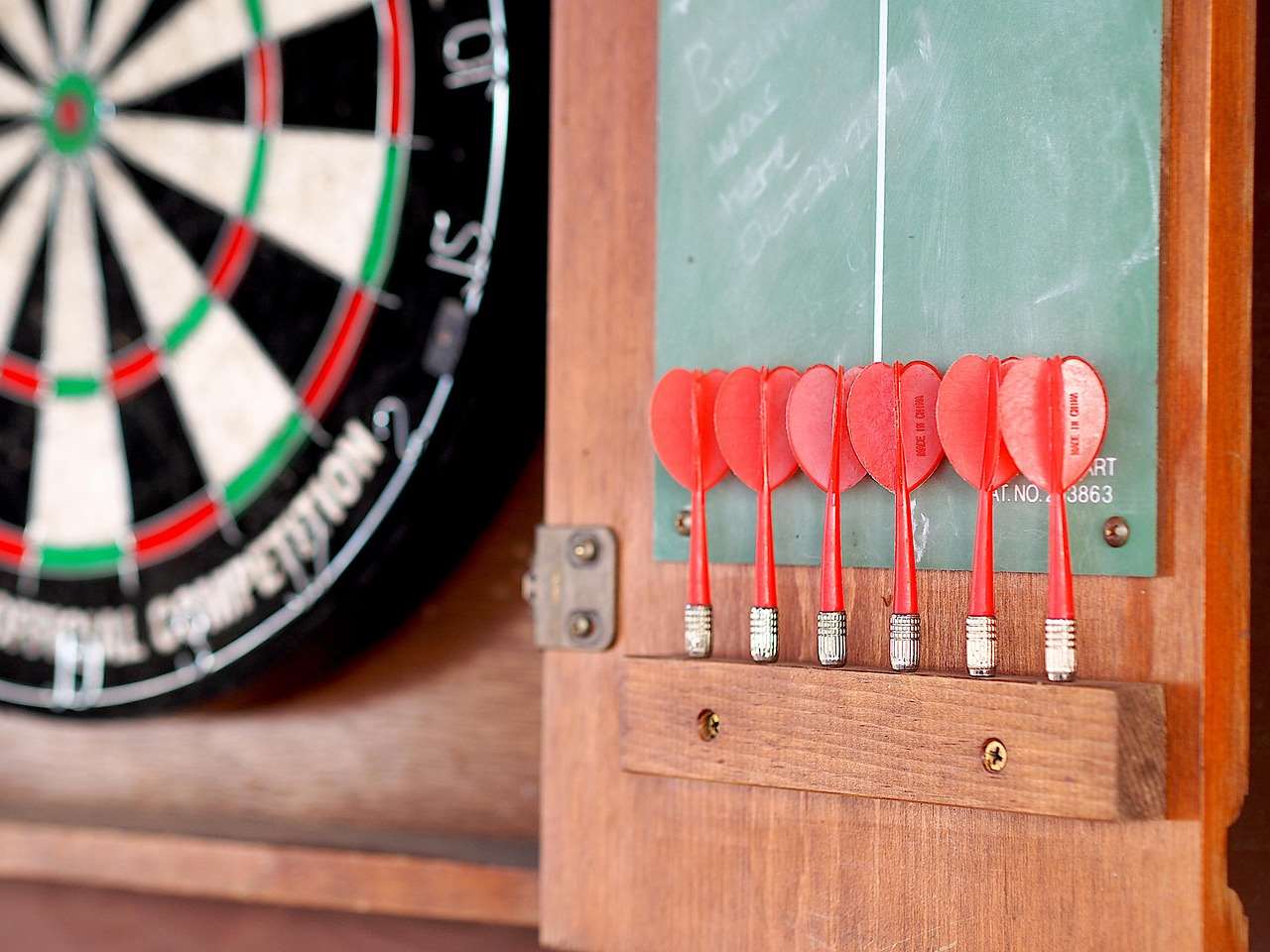
Keeping Track of Scores Manually and Electronically
There are several ways to **keep score with adapted dart rules**, both manually and electronically. Here’s a brief overview of each method:
- Manual Scoring: Use a whiteboard, chalkboard, or scorecard to manually track the scores. This method is simple and cost-effective but can be time-consuming and prone to errors.
- Electronic Scoring: Use an electronic dartboard with built-in scoring or a dedicated dart scoring app on your smartphone or tablet. Electronic scoring is more accurate and convenient but requires an initial investment.
Choose the scoring method that best suits your needs and preferences. If you’re playing with beginners or children, manual scoring can be a good way to teach them basic math skills. However, for more competitive games or tournaments, electronic scoring is generally preferred.
Adapting Darts for Limited Spaces
Even if you have limited space, you can still enjoy darts by making a few adjustments. One way is by adapting darts rules for small spaces: tips and tricks to maximize playability, while **keeping score with adapted dart rules** is key to adapting the game:
- Reduced Throwing Distance: Shorten the throwing distance to fit the available space.
- Smaller Dartboard: Consider using a smaller dartboard to save space.
- Wall Protection: Protect the walls around the dartboard with padding or a surround.
With a little creativity, you can transform even the smallest space into a fun and functional dart area.
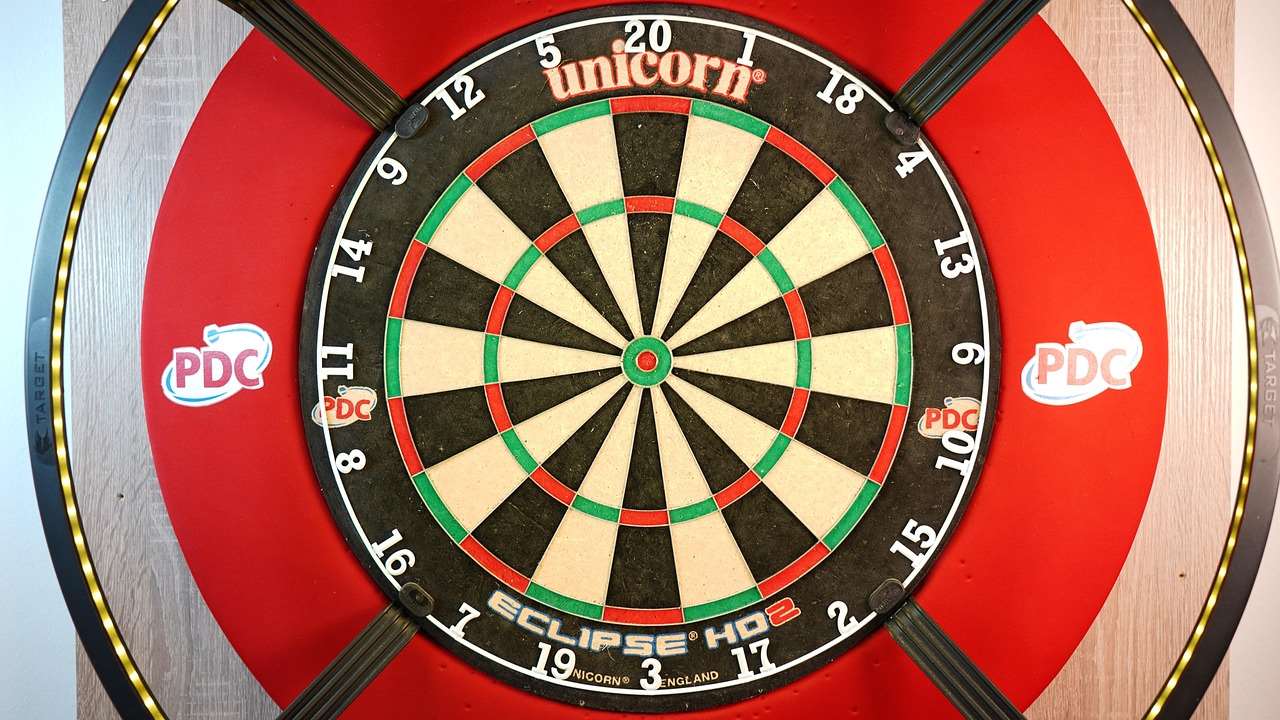
Conclusion: Embracing Adaptations for Enhanced Darting Fun
Ultimately, the key to **keeping score with adapted dart rules** is to prioritize inclusivity, fairness, and enjoyment. By modifying the rules, implementing handicap systems, and embracing creative game variations, you can create a darting experience that is accessible and engaging for everyone. Don’t be afraid to experiment and find what works best for your group of players.
So, gather your friends and family, adapt the rules to suit your needs, and get ready for some unforgettable darting moments! Remember to check out alternative darts rules for home play for additional inspiration. Ready to take your dart game to the next level? Start adapting those rules today!
Hi, I’m Dieter, and I created Dartcounter (Dartcounterapp.com). My motivation wasn’t being a darts expert – quite the opposite! When I first started playing, I loved the game but found keeping accurate scores and tracking stats difficult and distracting.
I figured I couldn’t be the only one struggling with this. So, I decided to build a solution: an easy-to-use application that everyone, no matter their experience level, could use to manage scoring effortlessly.
My goal for Dartcounter was simple: let the app handle the numbers – the scoring, the averages, the stats, even checkout suggestions – so players could focus purely on their throw and enjoying the game. It began as a way to solve my own beginner’s problem, and I’m thrilled it has grown into a helpful tool for the wider darts community.